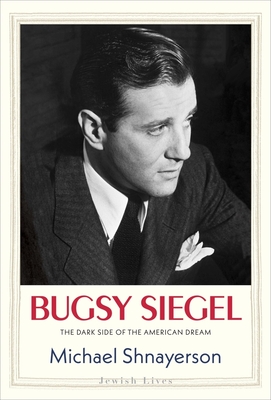Expedite your nonfiction book discovery process with Readara interviews, summaries and recommendations, Broaden your knowledge and gain insights from leading experts and scholars
In-depth, hour-long interviews with notable nonfiction authors, Gain new perspectives and ideas from the writer’s expertise and research, Valuable resource for readers and researchers
Optimize your book discovery process, Four-to eight-page summaries prepared by subject matter experts, Quickly review the book’s central messages and range of content
Books are handpicked covering a wide range of important categories and topics, Selected authors are subject experts, field professionals, or distinguished academics
Our editorial team includes books offering insights, unique views and researched-narratives in categories, Trade shows and book fairs, Book signings and in person author talks,Webinars and online events
Connect with editors and designers,Discover PR & marketing services providers, Source printers and related service providers

Bugsy Siegel: The Dark Side of the American Dream
Biography & Autobiography > Criminals & Outlaws
- Yale University Press
- Hardcover
- 9780300226195
- 8.3 X 6 X 1.1 inches
- 1.01 pounds
- Biography & Autobiography > Criminals & Outlaws
- (Single Author) Asian American
- English
Readara.com
Book Description
A highly readable, fast-moving contribution to the annals of 20th-century organized crime.--Kirkus Reviews
In a brief life that led to a violent end, Benjamin Bugsy Siegel (1906-1947) rose from desperate poverty to ill-gotten riches, from an early-twentieth-century family of Ukrainian Jewish immigrants on the Lower East Side to a kingdom of his own making in Las Vegas. In this captivating portrait, author Michael Shnayerson sets out not to absolve Bugsy Siegel but rather to understand him in all his complexity.
Through the 1920s, 1930s, and most of the 1940s, Bugsy Siegel and his longtime partner in crime Meyer Lansky engaged in innumerable acts of violence. As World War II came to an end, Siegel saw the potential for a huge, elegant casino resort in the sands of Las Vegas. Jewish gangsters built nearly all of the Vegas casinos that followed. Then, one by one, they disappeared. Siegel's story laces through a larger, generational story of eastern European Jewish immigrants in the early- to mid-twentieth century.
Author Bio
I started my writing career on a weekly called The Santa Fe Reporter, after graduating from Dartmouth in l976. I was paid $100 a week to be the paper’s sports reporter. It was huge fun.
I then returned to New York, where I’d grown up, and became a staff writer at Time magazine. Two years later I was hired to be the editor of a glossy magazine called AVENUE, which went to fashionable addresses on the Upper East Side.
It was from AVENUE that I was hired by Vanity Fair’s new editor-in-chief at the time, Tina Brown. That was in l986. Over the next three decades, I wrote articles on a wide array of subjects, from AIDS in the arts to society murders to Hollywood celebrities. I also helped Tina’s husband, distinguished editor Harry Evans, start Conde Nast Traveler.
Along with writing for Vanity Fair, I’ve published seven non-fiction books, some of them biographies, others on, broadly speaking, environmental themes. My latest is the story of how a few passionate New York art dealers made a global market of contemporary art – and changed the culture. It’s titled “Boom: Mad Money, Mega Dealers and the Rise of Contemporary Art,” and is being published in May, 2019 by Public Affairs, an imprint of Hachette, Little Brown.
Source: mshnay.com
Videos




Community reviews
No Community reviews

